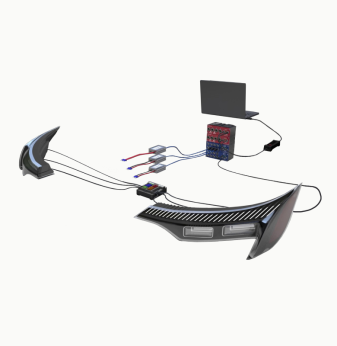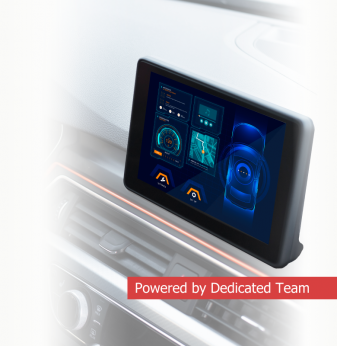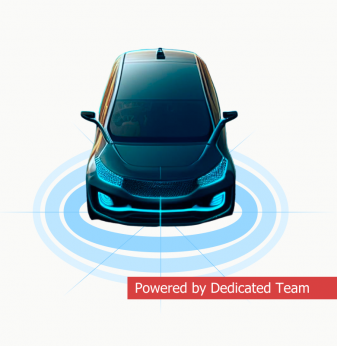Green Marine Technology: Software Solutions for Sustainable Shipping
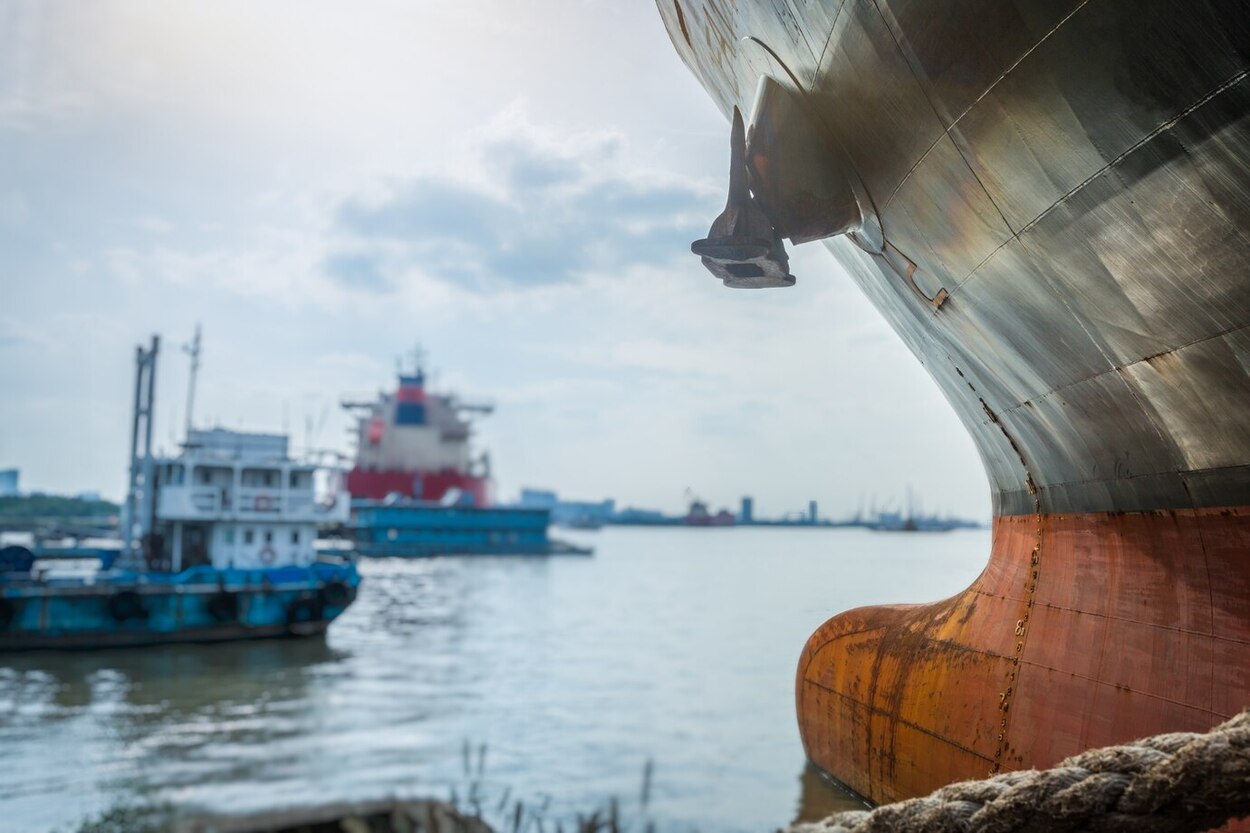
The industry is undergoing a massive shift towards sustainability as we need to reduce greenhouse gas emissions and protect marine ecosystems. At the heart of this change is green marine technology, particularly software solutions to increase operational efficiency and reduce environmental impact.
Why Sustainable Shipping?
Shipping accounts for 3% of global carbon dioxide emissions and will rise if we don’t act. The International Maritime Organization (IMO) has set a target to halve shipping emissions by 2050 so the industry is looking for solutions.
The Role of Software in Green Marine Technology
Advanced software solutions are leading the way in sustainable shipping. These technologies enable real-time monitoring, data analytics and optimization of vessel operations to bring environmental and economic benefits.
1. Energy Management Systems
Energy management systems (EMS) are key to monitoring and optimizing a vessel’s energy consumption. By analyzing data from all onboard systems, EMS can identify inefficiencies and suggest fixes.
Benefits:
- Fuel Reduction: Continuous monitoring allows for adjustments to reduce fuel consumption.
- Emissions Reduction: Optimized operations mean less greenhouse gas emissions.
- Cost Savings: Better efficiency means lower operational costs.
Example: Eniram have developed EMS that help ship operators to improve fuel efficiency and reduce emissions.
2. Voyage Optimization Software
Voyage optimization software uses algorithms to determine the most efficient route and speed, taking into account weather, ocean currents and traffic.
Advantages:
- Fuel Reduction: Choosing the best route minimizes fuel consumption.
- Safety: Anticipating bad weather improves crew and cargo safety.
- On Time Arrivals: Efficient routing means meeting schedules.
Example: Marorka offer solutions that enable vessel operators to optimize fuel consumption by maximizing energy efficiency through real-time monitoring and decision support.
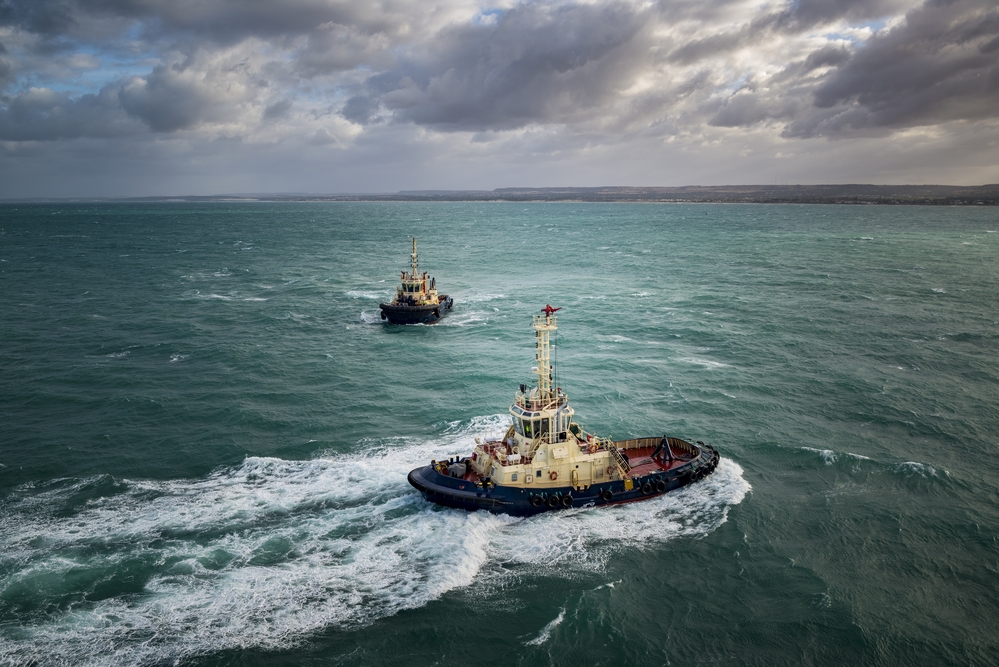
3. Emission Monitoring and Reporting Tools
Compliance with international regulations requires accurate emission monitoring and reporting. Software tools help track emissions and comply with standards.
Features:
- Automated Data Collection: Simplifies the process of collecting emission data.
- Regulatory Compliance: Meets IMO and regional environmental requirements.
- Transparency: Provides stakeholders with clear insight into environmental performance.Example: Greenfield Marine Technologies (GMT) offer ESG software solutions for the maritime industry to prioritize sustainability and safety.
4. Predictive Maintenance
Predictive maintenance uses data analytics to predict equipment failure before it happens, so you can act proactively.
Benefits:
- Higher Reliability: Prevents unexpected breakdowns.
- Extended Equipment Life: Timely maintenance extends machinery life.
- Cost Efficiency: Reduces unplanned repair costs.
Example: Implementing predictive maintenance can lead to significant reduction in operational downtime and maintenance costs.
Challenges in Implementing Green Marine Software Solutions
While the benefits are big, implementing green marine software solutions has its challenges:
- Integration with Existing Systems: Integrating with current onboard systems can be complicated.
- Initial Investment: The cost of implementing advanced software solutions may be a barrier for some operators.
- Crew Training: Effective use of new technologies requires comprehensive training programs.
Future of Sustainable Shipping
Green marine technology and software solutions will transform the shipping industry. Future developments may include:
- Autonomous Vessels: AI for fully autonomous operations.
- Alternative Fuels: Software for sustainable fuels like ammonia and hydrogen.
- Enhanced Connectivity: IoT for real-time data sharing between ship and shore.
Conclusion
Green marine technology through software solutions is key to sustainable shipping. These solutions benefit not only the environment but also the bottom line by increasing efficiency and compliance. As we move forward, further investment in technology and collaboration between stakeholders will be crucial to navigate the industry to a greener future.


